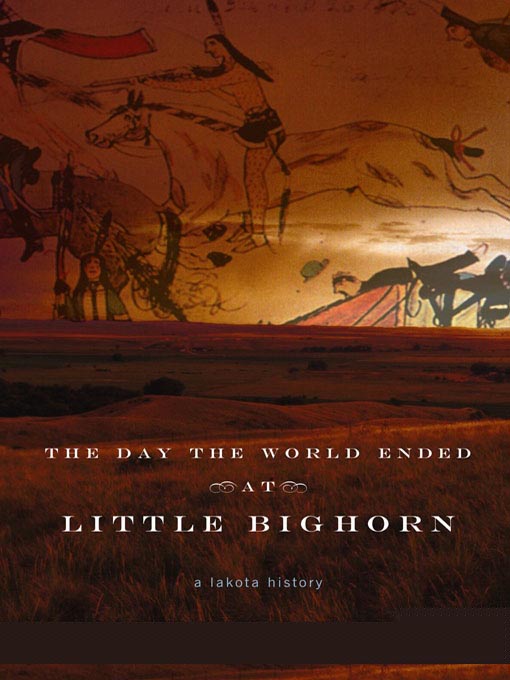
The Day the World Ended at Little Bighorn
A Lakota History
کتاب های مرتبط
- اطلاعات
- نقد و بررسی
- دیدگاه کاربران
نقد و بررسی

March 19, 2007
America's westward expansion in the 19th century was far from a foregone conclusion to the thousands of indigenous peoples, whose ancient way of life lay in its path. Historian Marshall (The Journey of Crazy Horse
; The Lakota Way
), who was born on South Dakota's Rosebud Sioux Reservation and has long chronicled the traditions and perspective of the Great Plains tribes, explains the context and the painful aftermath of this major turning point in his people's history. His careful description of the Greasy Grass Fight of 1876 (or the Battle of the Little Bighorn) overturns the popular misconception that the Lakota and Northern Cheyenne warriors' victory over the U.S. Seventh Cavalry was a "fluke" or, worse still, "a massacre." Yet he also registers the enormity of the change that followed—including forced settlement, assimilation and dependency—when Crazy Horse surrendered his rifle to a U.S. Army officer less than a year later. Chapters alternately emphasizing strategy, weaponry, beliefs, lifestyle and other areas lend a fractured quality and some redundancy to the narrative. But Marshall's thoughtful reflections and rich detail (much of it drawn from the oral stories of unidentified Lakota elders) also immerse the reader in the experience of a once free people wrestling with an uncertain destiny.

April 1, 2007
Marshall, raised on the Rosebud Indian Reservation and author of several books on Lakota culture, here analyzes the legendary Battle of the Little Bighorn by placing it in the broader context of Lakota history, telling the "real story" passed on by ancestors who were present on that June day in 1876. Varying from the "white military version" of the battle, which traditionally attributes U.S. casualties to troop miscommunications and underestimation of the number of Lakota lodges in the valley, Marshalls account illuminates overlooked factors inherent in Lakota tradition. First is the valuing of leadership, which produced a steady supply of well-seasoned leaders, not limited to Crazy Horse, and which continues today. Second, Lakota men were trained from birth to function as warriors, hunters, and protectors. Simply put, Marshall maintains that the Lakota warriors encountered by the U.S. cavalry were "better trained and more highly skilled" than the soldiers they faced. Marshall offers a thoughtful and enlightening alternative look at this iconic chapter in American history.(Reprinted with permission of Booklist, copyright 2007, American Library Association.)

























دیدگاه کاربران